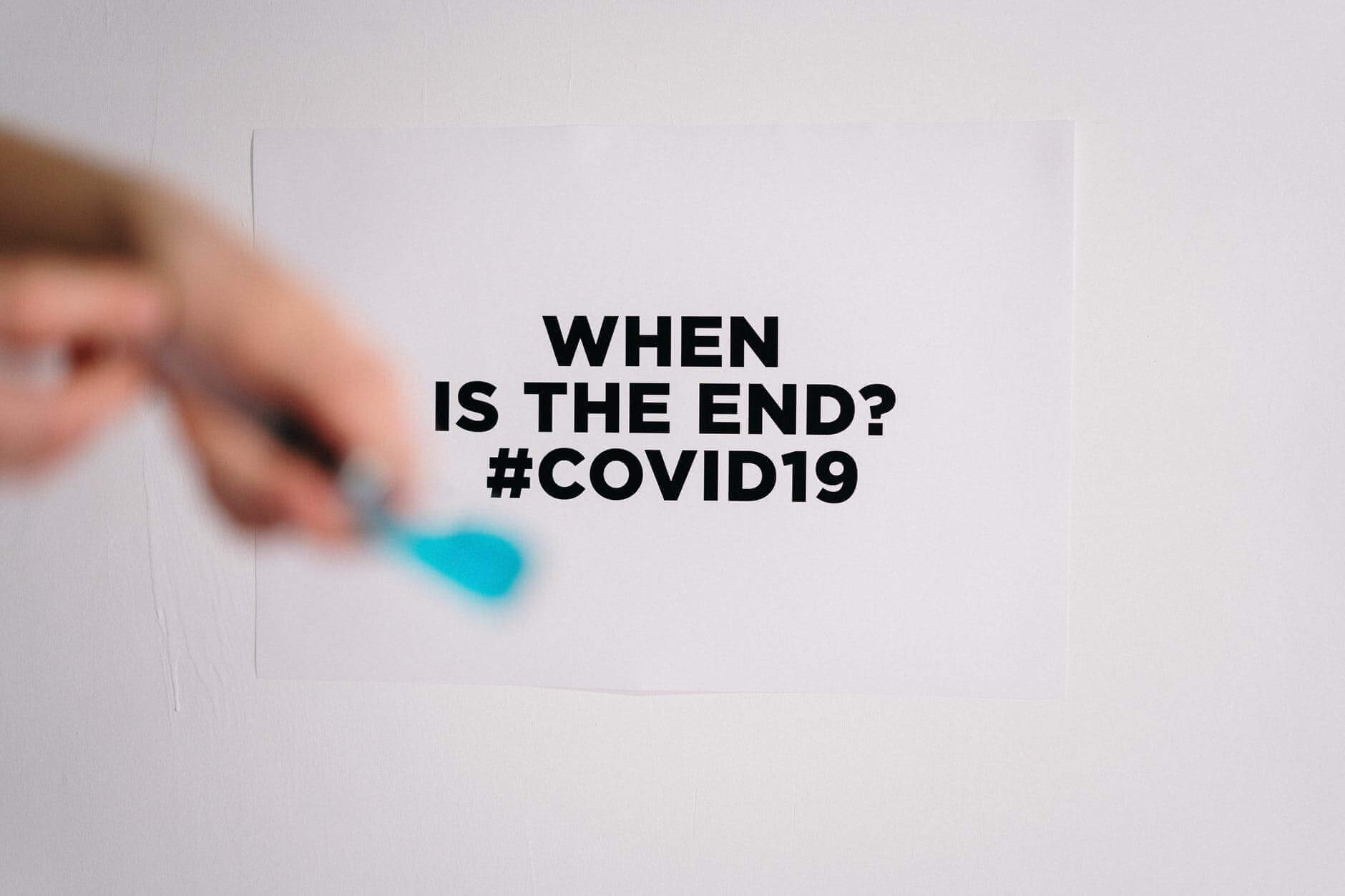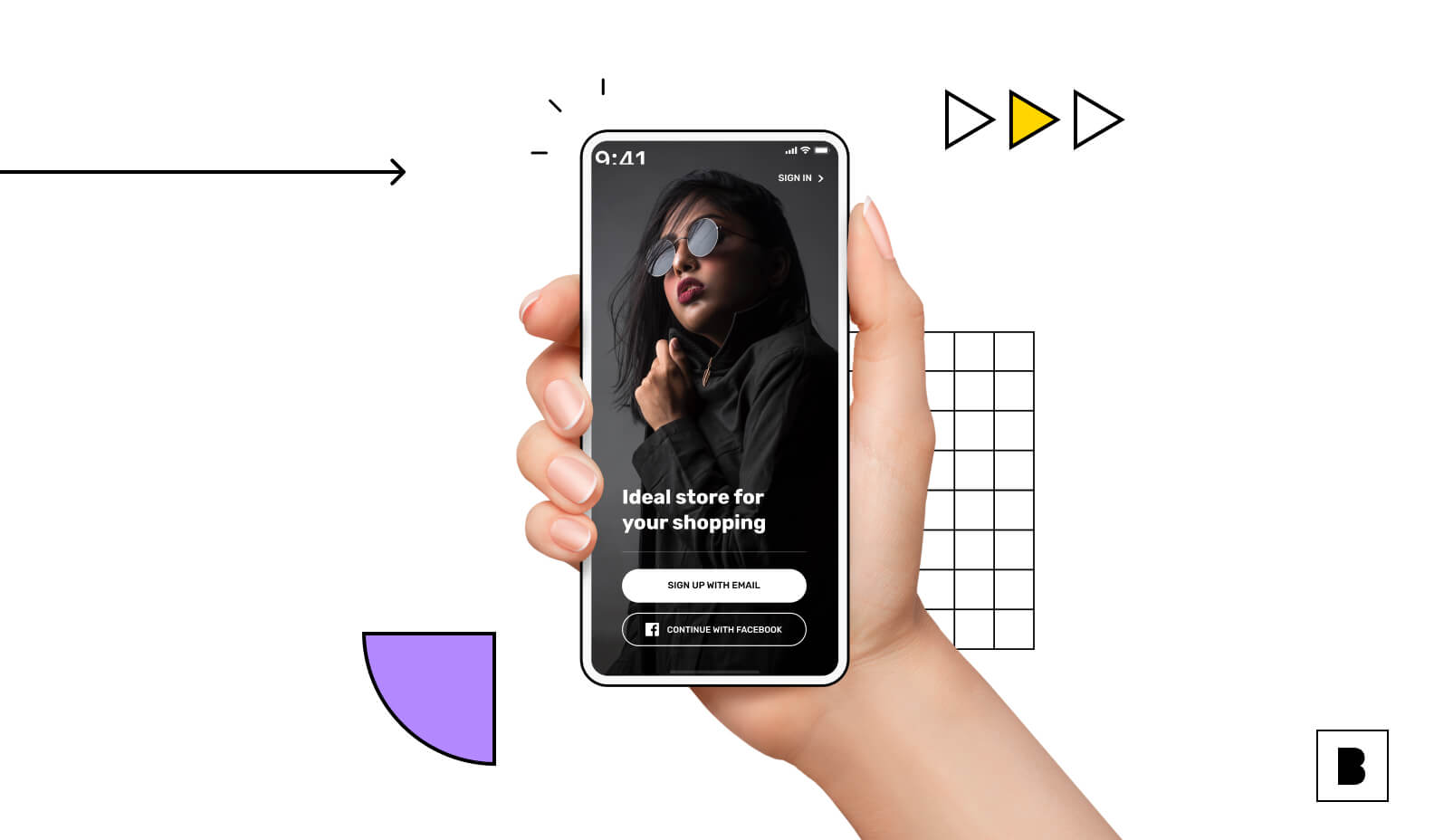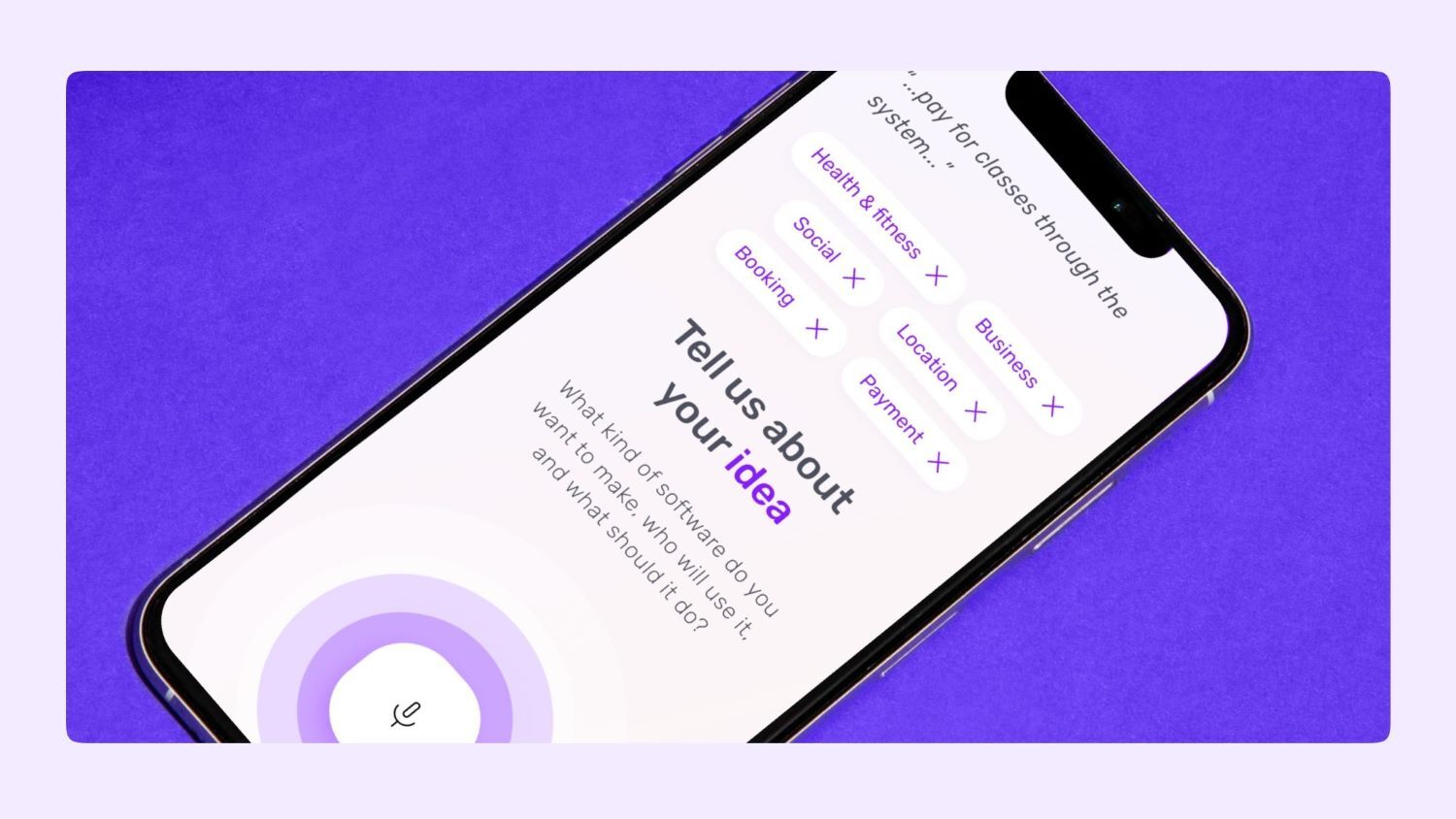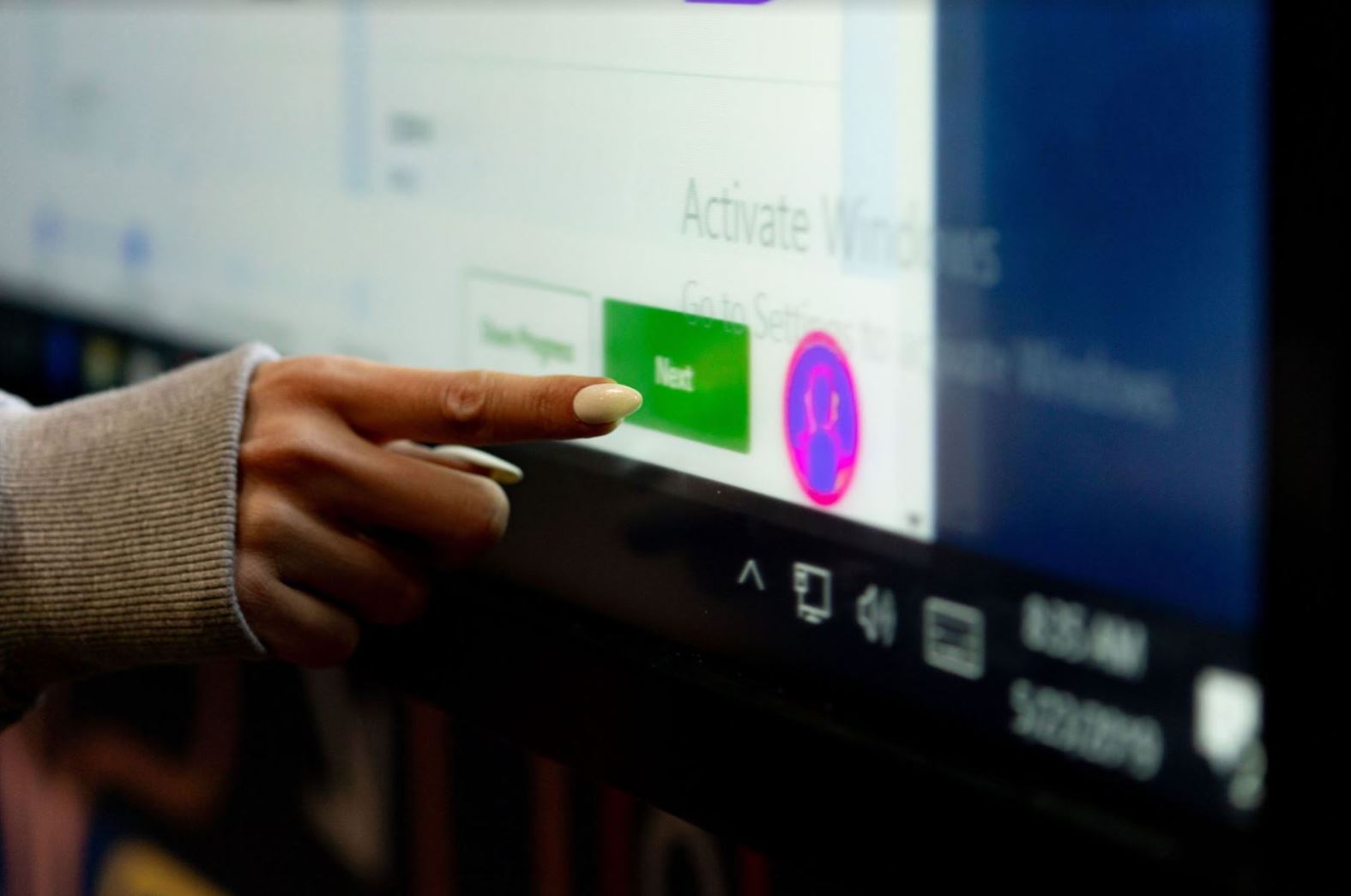Last Thursday our Founder and Chief Wizard, Sachin Dev Duggal, rang up our Head of Intelligent Systems, Dr Siddhartha Ghosh anxious about how the pandemic was spreading and that there must be a another way to map and contain the pandemic and if he wouldn’t mind working with him over the easter break to think it through. He felt strongly that there was a systematic approach to contact tracing, spread detection & mapping and vaccine delivery and that we had the internal expertise to have a stab at it.
In less than 5 days, Sachin, (Dr) Sidd & Rushen (part of Builder.ai AI team) along with some of our team (design and advanced engineering) put together what they believed to be a framework that could help detect spreading, contain the pandemic and ultimately find a solid way to deliver limited vaccinations (when they become available). We then got some more informed opinions from well known security experts, doctors and epidemiologists to make sure we hadn’t missed anything key.
Today, Builder.ai is releasing the team’s work under creative commons because, ultimately, we believe this needs to be in the hands of the public and we have a responsibility to help or offer whatever we have come up with.
Here’s what the core C19 team at Builder.ai is proposing, if you’d like to read more you’ll find the technical full paper here and a brief presentation here:
Firstly there are three stages to the pandemic.
We’ve mapped what we consider the three major steps of the pandemic.
Isolation - Stop the peak, stretch the spread
- We need to buy ourselves time; to work on a vaccine but also to stop the virus reaching “terminal velocity” - because at that point its gets too fast to test against.
Allow limited back to work - Prevent economic free-fall or further damage
- We need a way to let the economy kick off again; thus, we need to create a dynamic digital passport for antibody testing and pseudo green light for people to be back at work. When they cross someone who is not well or later diagnosed they get asked to be tested again or notified of the event.
- We create a path to dynamic testing - so that we can continuously see how the spread is being mapped and adjusted.
Vaccination deployment
- With limited resources what’s the most optimised way to deploy to break the universe of population into smaller and smaller communities and track when communities fuse together.
Where we are now
Lockdown, as every news broadcast reminds us, is designed to flatten the curve of the peak. This reduces the burden on the healthcare system. But unless we all stay completely isolated (almost impossible) until everyone with the infection is no longer infectious (also still unknown), it’s only delaying the problem. Even if waiting for a vaccine is problematic, how exactly will it be rolled out given you won’t have enough for everyone on the planet in the early stages?
Viruses spread faster than you can test for them
Viruses spread along social networks rather than in straight lines (the way testing is normally carried out), the real problem is mapping who’s infected and who they’ve come into contact with, especially as a person touching a surface has created another infection point right there.'
Vaccines pose even more questions
Once the vaccine arrives you need the fastest path to stop the rate of infection. Who gets it first? This is especially important, as it’ll take time to ramp up production of a new vaccine. Knowing the best place to start to reduce the most deaths is essential. And very tricky.
We need to look beyond smartphones; not everyone has them.
One solution in the fight against COVID-19 is available by leveraging smartphone data. But the problem is that the most vulnerable are also the least likely to own them. Over 65s are most at risk from COVID-19, they’re also least likely to own a smartphone. In the UK only 40% of those aged over 65 own smartphones, compared to 100% of those aged 16-24.

Not only do the economically disadvantaged have less access to smartphones, but closer living quarters and less ability to isolate, means they’re also at greater risk. However both groups are likely to have access to a feature phone (sometimes known as a ‘dumb phone’, you can call, text, take photos, but without apps and with no or limited web access).
Cell phone towers have the potential to solve this
Tracking and triangulating data using cell phone towers is possible – this would cover every type of mobile. It would need to be one-way hashed to reduce privacy concerns (we don’t think you could ever avoid it in total). But then you could do a movement trace, not just where they’d been, but backwards in time too; for this to work you would need do this for everyone and then take out anyone that never met anyone who was later infected (ie you work your way back to the first few infected and then clean out the data from folks that never crossed them).

Big – life saving – data
This movement trace information collected from cell phone towers creates what’s called a ‘propagation network’. Once a person has been infected and diagnosed, we can create a map like this one below – showing all the individuals this infected person may have infected or who are at high risk.

Analysing this network, shows which communities we should target with advanced immunisation strategies. The model makes it clearer to see which communities to test. And rather than linearly giving out vaccines, this would be the way to give out vaccines that reduces the effect and spread of the pandemic.
Stories published by the editorial team at Builder.ai.













 Facebook
Facebook X
X LinkedIn
LinkedIn YouTube
YouTube Instagram
Instagram RSS
RSS


